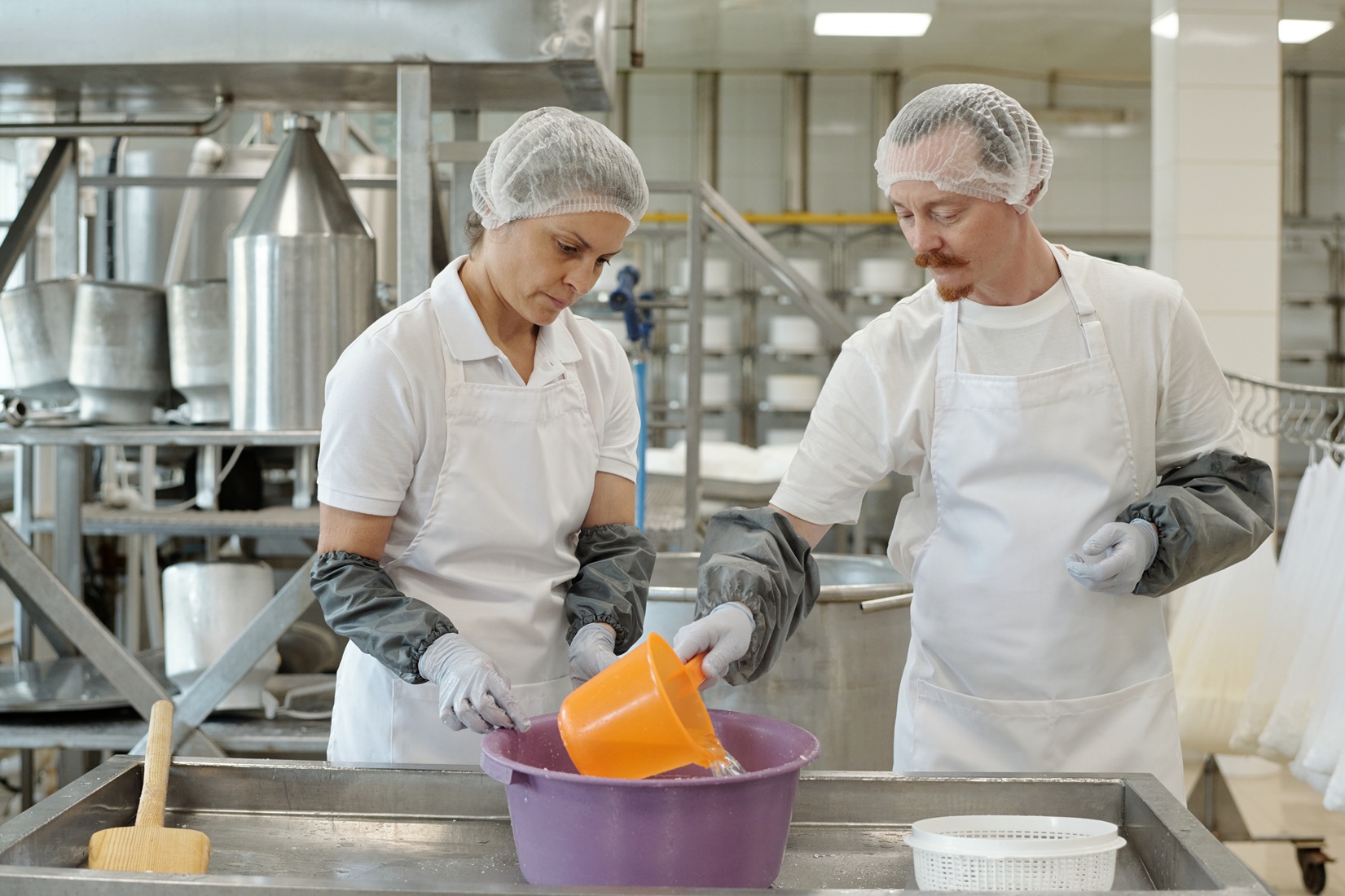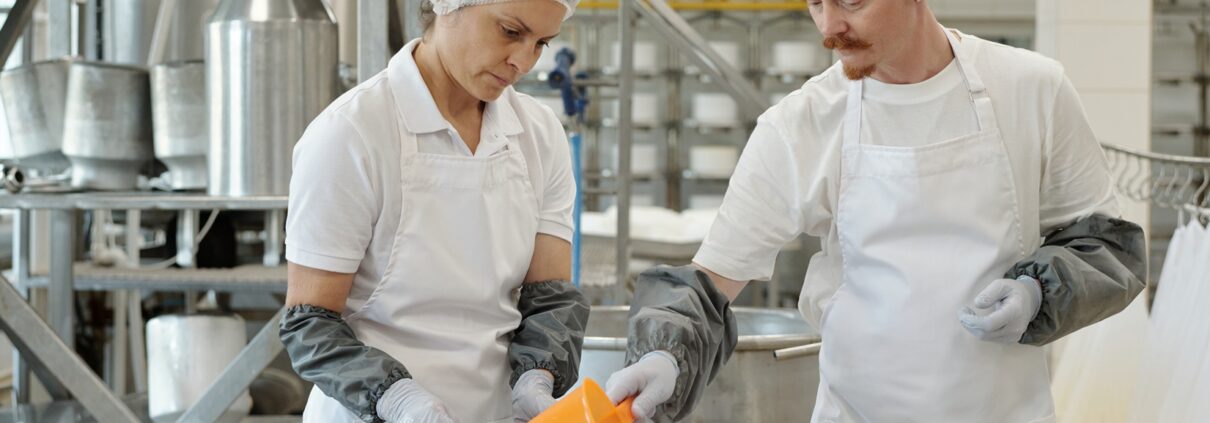How Biometrics Leads to Safer Food Processing

Food processing safety is critical. In the medical field, professionals understand how a lack of hygiene can mean the difference between contamination and cleanliness. Thankfully, technology like biometrics makes operations much safer for both the handlers and consumers.
Gaps in Making Food Processing Safer
The food industry already has processes in place to ensure safety. However, gaps can result in foodborne diseases or food poisoning. Human error is often the root of such situations, whether it’s in the stages of food cultivation or engineering. Aside from compromising people’s well-being, it can also use up resources and affect consumer confidence.
Integrating Biometrics
The suggestion of bringing in biometrics — whether it’s fingerprint scanning, facial recognition or more — can simplify a variety of processes and secure products.
Less Cross-Contamination
Some food businesses may handle different kinds of food, each with its own specific facility. Unfortunately, employees who move from space to space and handle these items may increase the chances of cross-contamination. Contaminated food is a common transmission path for viruses and pathogens.
Biometric technology offers the chance for touchless access control, which can limit incidents of staff mixing foods or beverages. It’s also relatively more convenient to enter spaces without having to touch surfaces. The fewer traces of bacteria, the better.
Real-Time Monitoring
Staff in food processing facilities are exposed to all kinds of products. Even with the right gear, there’s a chance for them to get sick in such environments. Biometrics can offer real-time monitoring of their vitals to ensure their health is right on track.
The monitoring aspect is especially helpful in larger and more remote factories. Managers with watchful eyes can even catch workers who may already be sick. They can call on them to leave the premises immediately to preserve the condition of the food and avoid them getting into a worse condition.
Tracking Livestock
Before food is processed, livestock must be well taken care of. Doing so is especially important if a brand is making claims like “free-range” or “cage-free” in its product. To ensure these animals are still safe, companies can use biometric technology to keep track of them.
Simpler applications involve caretakers putting a GPS on cattle to let them roam free while keeping track of where they are. However, there are more advanced ways to take advantage of this technology, like using a pattern recognition system to predict where animals are likely to go.
Recording Employee Movement
Forms of identification verification like passcodes and IDs can be forged to fake one’s attendance and participation in operations. Since biometric technology utilizes more unique features, it would be difficult to feign those records.
Stricter verification methods will ensure proper compliance from the workforce. Aside from attendance, the data will also deter them from slacking off their duties or moving from different rooms within the food processing facility.
Food Machinery Protection
Food packaging machines — especially with more sophisticated technology — can be quite attractive to thieves. For instance, nitrogen generators can help keep products like meat, cheese and coffee fresher. Packaging of this nature can help prevent oxidation and avoid bacterial growth.
Biometrics can serve as a way to secure these different units and minimize any financial damage from losing them. If any damage appears, it would also be simple to check through the records and see who’s responsible for it.
Better Food Quality Control
Food processing must ensure products will withstand distribution and delivery before they get to consumers. While testing can assist with that, biometrics can provide a more accurate way of screening products before they even leave the facility.
Medical technologists can also suggest using biometric technology to streamline audit trails for processed food. Having real-time information and simplified processes can help companies maintain regulatory compliance on food quality in the long run.
Fraud Protection
Food processing facilities are high-value buildings. Biometric verification will minimize tampering from outside sources and ensure products will stay as they are. Aside from preventing unauthorized access, it would also deter the possibility of internal theft or record falsification from the workforce.
Increased Consumer Trust
Consumers want to patronize brands that put them and their health first. Publicizing the use of biometrics can put buyers at ease about the safety levels within the food processing sector. Food delivery companies, grocery stores and other partnered suppliers would also feel safer about receiving the inventory they ordered.
Revolutionize Food Processing Safety with Biometrics
Biometrics can transform food processing by providing a solid record of people’s movements, vitals and much more. Its inevitable integration will make enterprises much more proactive in safeguarding health and safety.





Leave a Reply
Want to join the discussion?Feel free to contribute!